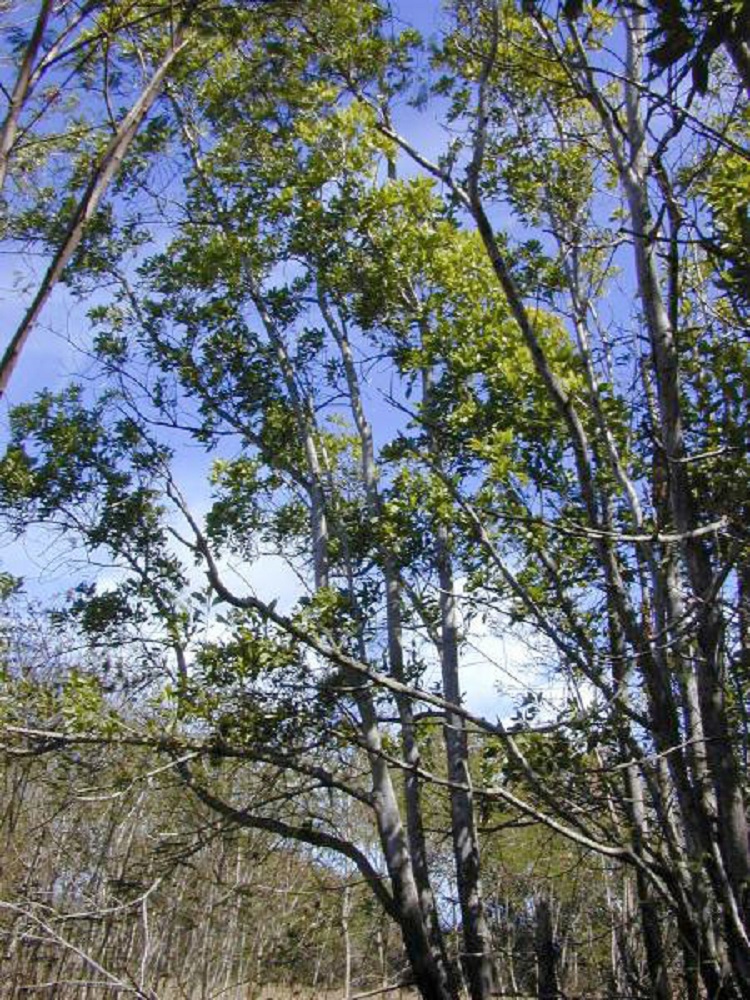Sabah Salwood - Mangium Tree

Acacia mangium
Summary
Scientific Classification
Kingdom: Plantae
Division: Magnoliophyta
Class: Dicotyledonae
Order: Fabales
Family: Fabaceae
Genus: Acacia
Species: A.mangium
Scientific Name: Acacia mangium Willd.
Common names
English : Sabah Salwood, Mangium, Hickory Wattle, Brown Salwood Black Wattle.
Description
- Habit and Habitat: Fast growing evergreen tree. Habitat includes theprimary and secondaryforest, regrowth of woodland and savannah, open grassland, poorly drained flood plains, behind mangroves in seasonal swamps.
- Distribution: Australia and Oceania, including Papua New Guinea, Indonesia.
- Morphology:
Leaf: : Composed of many leaflets. The leaf stalk and the main axis of each compound leaf flatten and transformed into a Phyllode.
Inflorescence: Spike inflorescence.
Flowers: Flowers are quinquefloral. Calyx with obtuse lobes. Corolla 1.2-1.5mm long. Peduncles and rachis are canescent and pubescent.
Fruit: Pods are broad, linear and irregularly coiled when ripe. Slightly woody. Ripening pods change from to brown, stiff and dry.
Seeds: Black and shiny with shape ranging from longitudinal, elliptical, ovate-oblong. Seeds arranged longitudinally and attached to the pods by an orange to red folded funicle.
Flowering and Fruiting time: July-October. - Propagation: By seed.leaf cutting, grafting, marcotting, air-layering, tissue culture.
-
Importance:
Germinating seedscan be cooked and eaten as a vegetable. The bark used in the treatment of diarrhoea and dysentery. The tree is planted for site rehabilitation. The wood is suitable for construction, boat building, furniture and cabinet making. Provides pulp for paper industry. Produces high quality charcoal. Employed in soil conservation as it controls erosion and also ornamental. - Location: in front of New Building.
 Trees of GSS Project supported by Makerspace Belgaum Website concept and designe by
Trees of GSS Project supported by Makerspace Belgaum Website concept and designe by